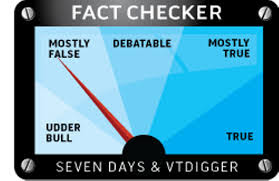Dragging my feet, a look of defeat on my face, I drudge back to my car. The air is no longer electric. It is heavy, pushing down on everyone. So much work ahead of me. So much heart-wrenching work lies ahead of me.
The first day of school. Sure it is important, but many (especially teachers), forget just how important. It's the beginning. The start of the months-long journey of learning and growth. To many teachers it is just a part of the grind. The first day of months of sweaty, stinky students who don't care, don't listen, and can make every teachers life a living hell.
But again, this is why the first day is so important!!
This may be one of the most daunting challenges that science teachers have to face. On the first day of school they not only have to get through their syllabus, explain field trips, and explain labs, they also have to make a good impression and make their topic appealing to their students. This last part is especially hard. Science in the eyes of students can be particularly overwhelming. So they hear "welcome to your freshman biology class" and they get completely overwhelmed. This is where making a good first impression can make all the difference.
Following is a list to help science teachers get their year off on the right track. It includes ideas, resources, and even a funny video or two.
- Forget for a minute that this is a science class. Sure you have material to rush through and tests to prepare for, but the students don't care about that. Start with a surprise game of jeopardy with simple biology and chemistry terms. The winning team gets a bonus of 2% on their next exam. Below is the link to my favorite jeopardy maker.
- Instead of rushing through the first chapter of your textbook, have an in class assignment that I like to call "Why I Hate Sciene!". Let them take 10-15 minutes to write a one page essay on why they hate science, what their past experience has been, and what they think a science class should entail. You get to know your students while they get to be open and honest!
- After introductions and talking about the syllabus, spend the time discussing what the students would like to study. Of course, this can be like pulling teeth. So instead you could create a survey with some sort of puzzle piece or something attached that when they finish they take up and add to the puzzle.
- This is my favorite. There are some really really really funny science videos. Just check out this link and you'll be rolling and laughing. I was! (I plan to incorporate these as much as possible!)









